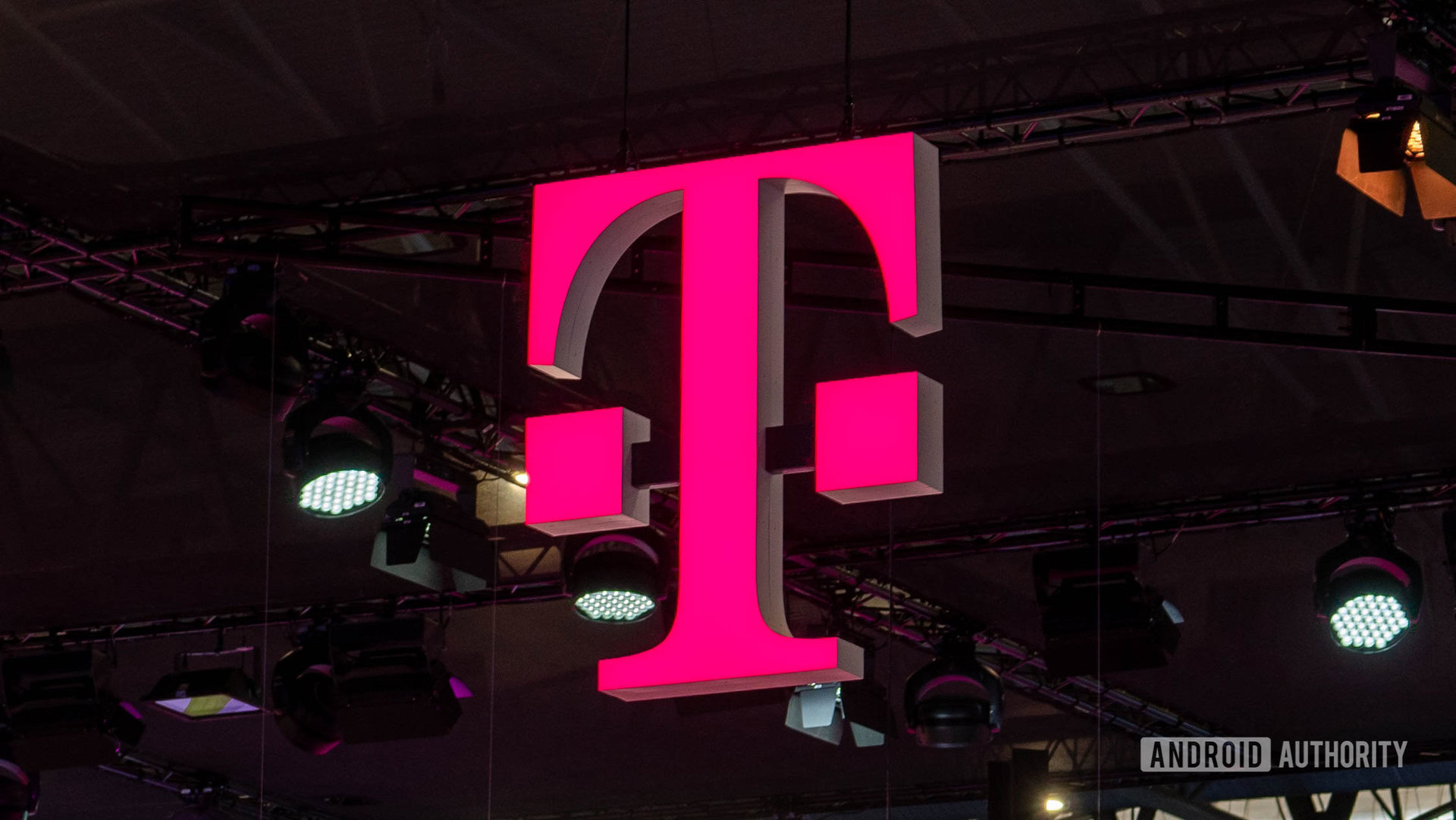Affiliate links on Android Authority may earn us a commission. Learn more.
T-Mobile's satellite phone service takes a big step forward after SpaceX launch
Published onJanuary 3, 2024

- SpaceX launched its first set of Starlink satellites with Direct to Cell capabilities last night.
- T-Mobile will soon start testing its satellite phone service using the Direct to Cell technology.
- The service will start with text messaging and expand to voice and data in the coming years.
On August 25, 2022, T-Mobile and SpaceX announced a partnership that would bring satellite coverage to T-Mobile’s phone services. In 2023, SpaceX announced that its Direct to Cell satellite technology would start rolling out in 2024. Now SpaceX has launched its new satellites and T-Mobile is ready to start testing its satellite phone service.
T-Mobile has announced that SpaceX launched its first set of Starlink satellites with Direct to Cell capabilities last night. If you want to watch the event, SpaceX recorded the launch and put the video on its website. With the low-Earth orbit satellites in place, T-Mobile says it will soon begin field tests for the new service.
T-Mobile claims that the aim of this endeavor is to eliminate mobile dead zones and the need for expensive satellite phones. For example, once the service is available, people will be able to continue to have coverage in places that are unreachable by terrestrial network coverage — like in rural areas or the ocean.
What you’ll be able to do with the service when it rolls out will initially be limited. T-Mobile states that the service will only be able to handle text messages at first. The company doesn’t give an exact date for when voice and data will be added, but says they will be available in the coming years.
As mentioned last year, initial coverage will be with T-Mobile and will include the continental US, Hawaii, parts of Alaska, Puerto Rico, and US territorial waters. However, T-Mobile says SpaceX has also partnered with KDDI (Japan), Optus (Australia), One NZ (New Zealand), Rogers (Canada), and others to expand the service globally. Additionally, the company says its invitation “for any carrier with the shared goal of global connectivity to join” is still open.